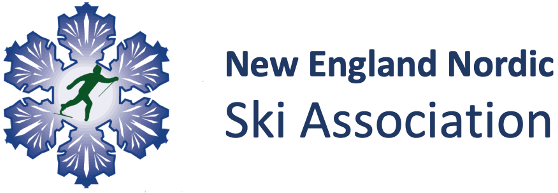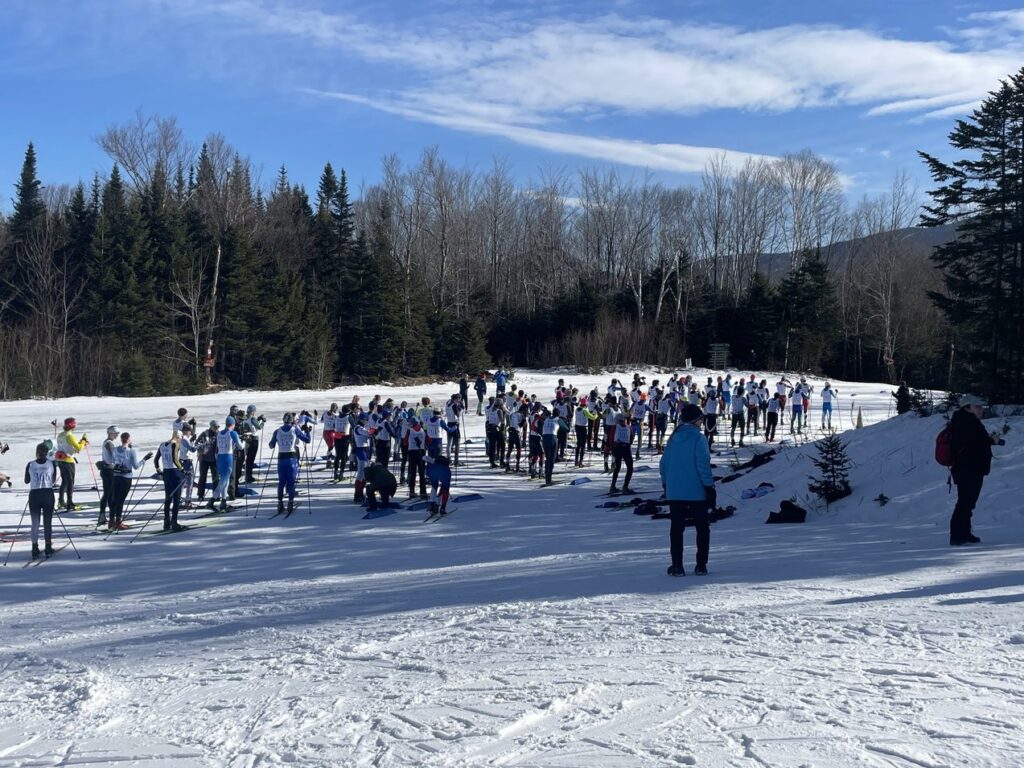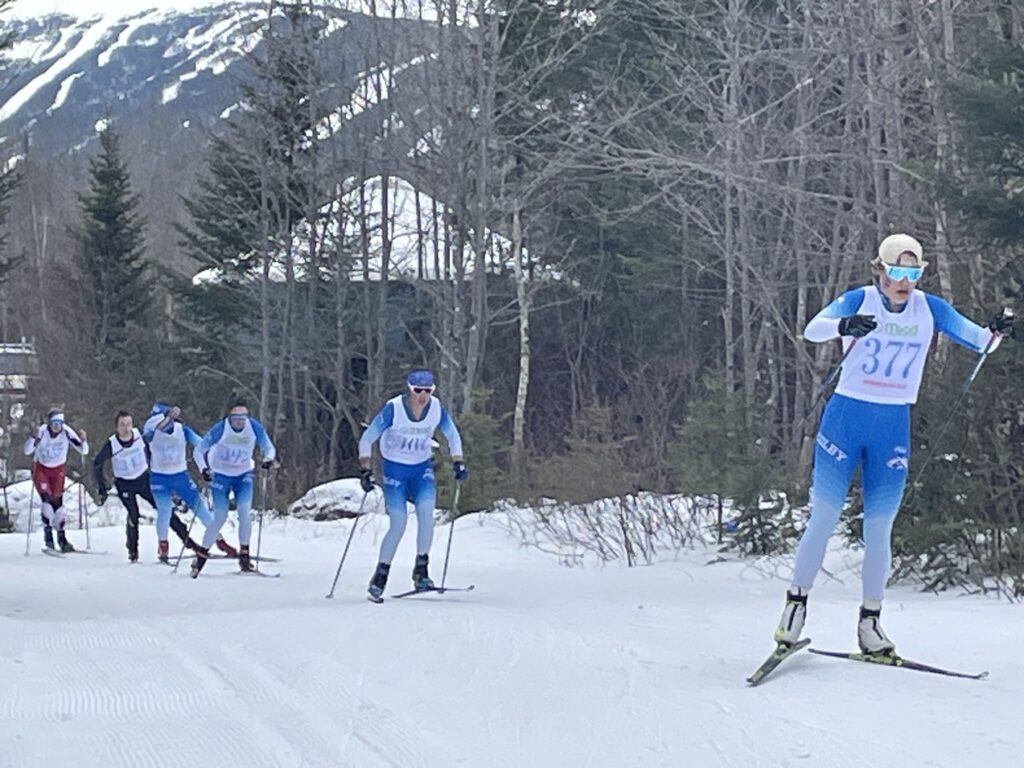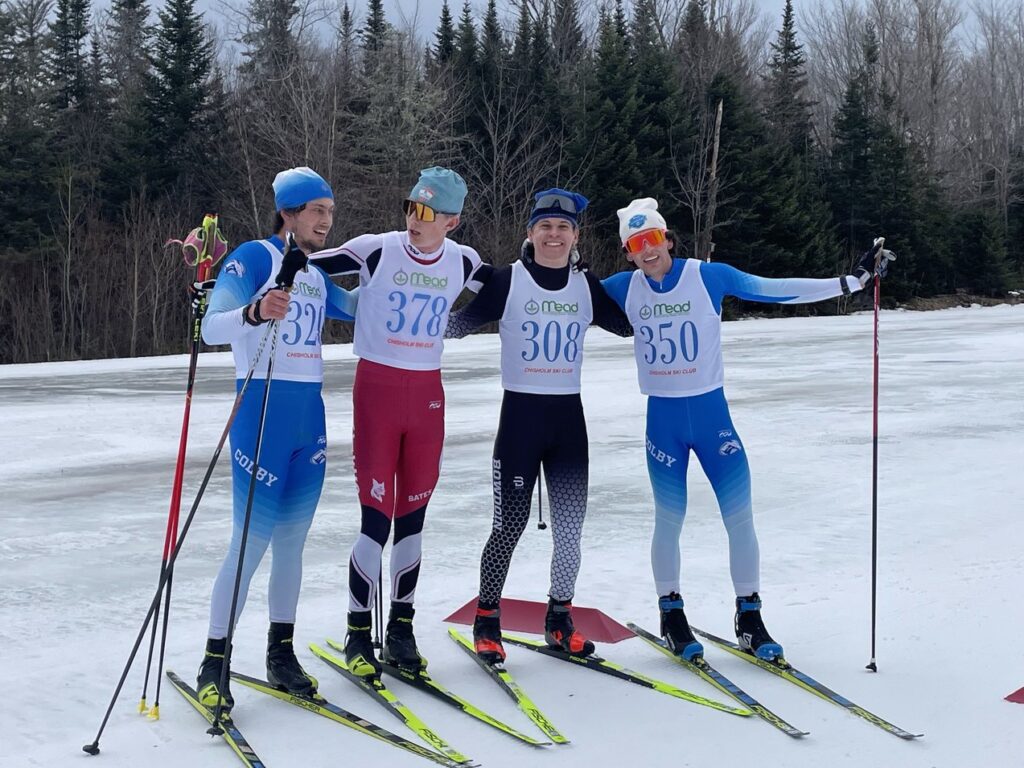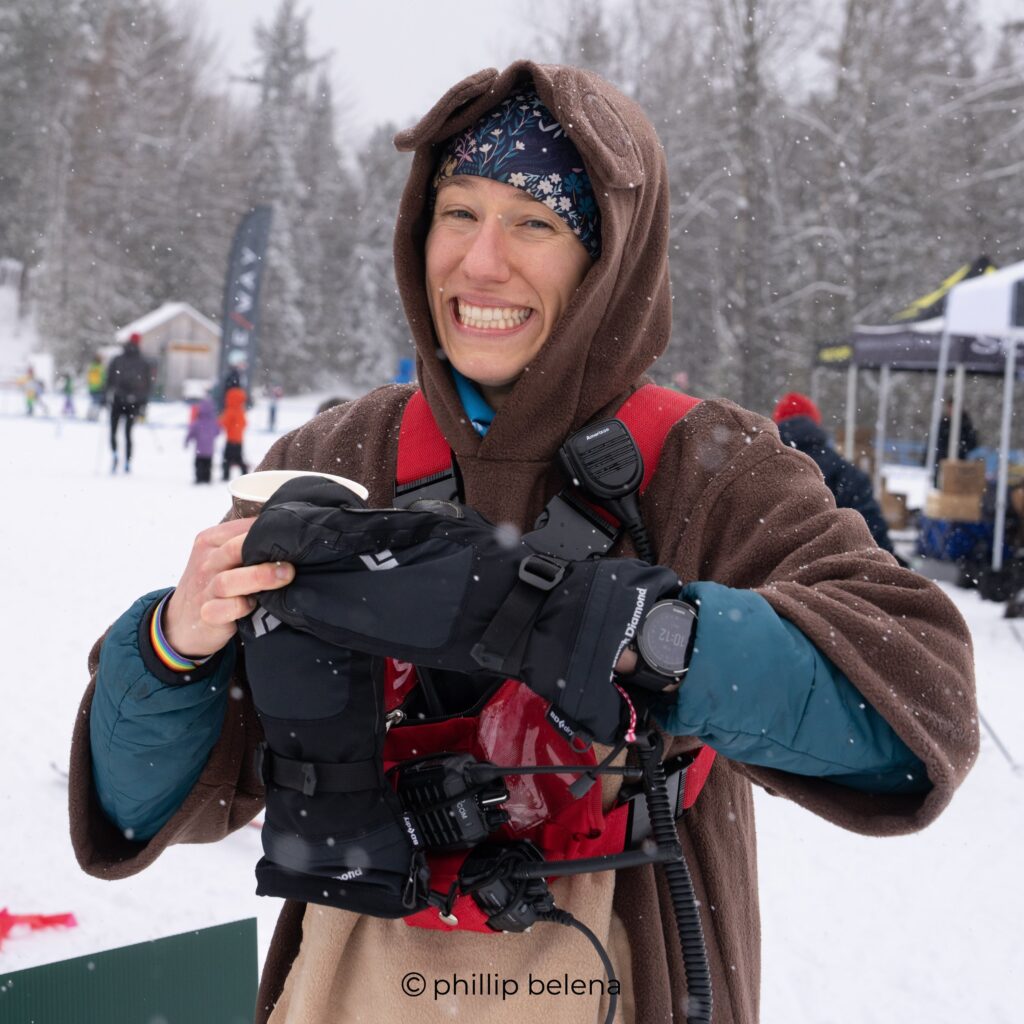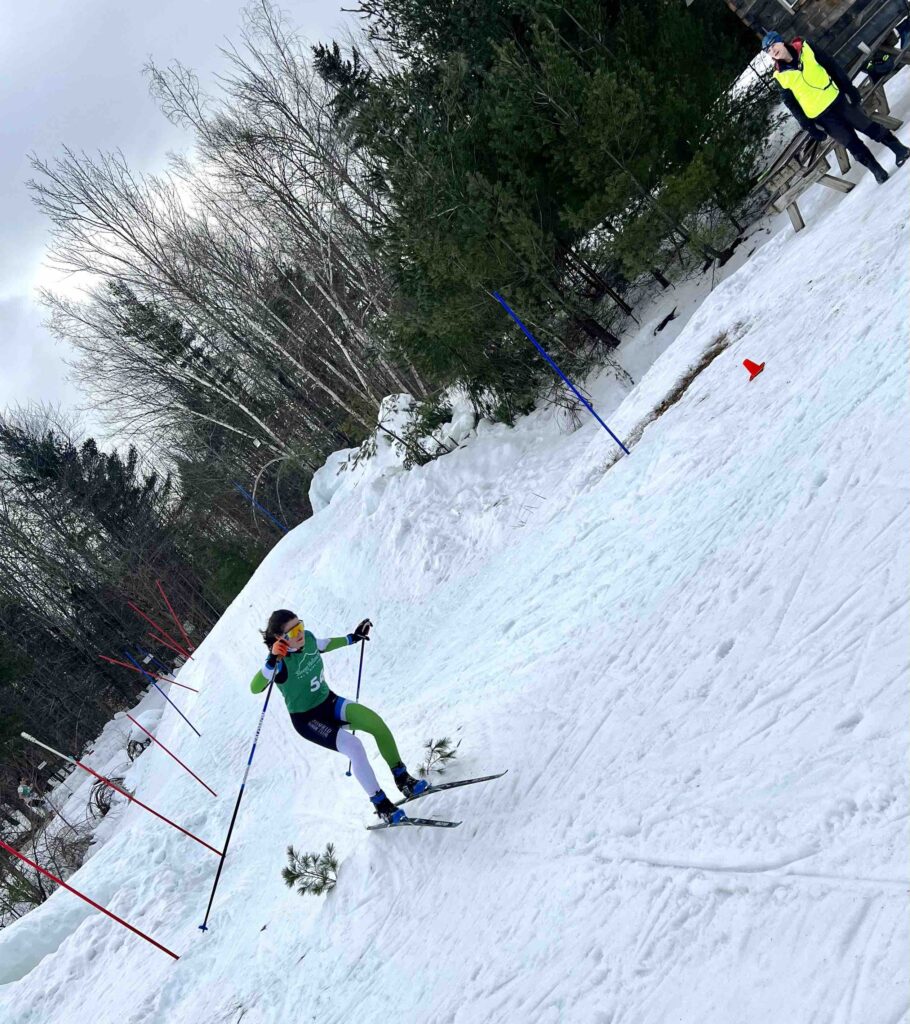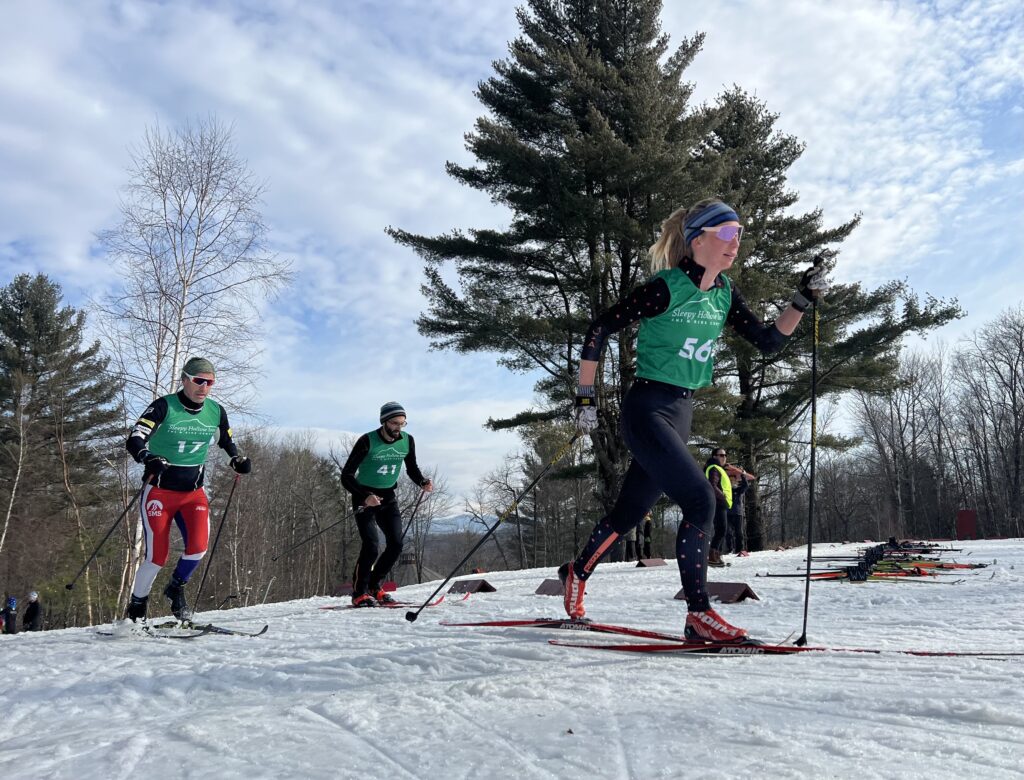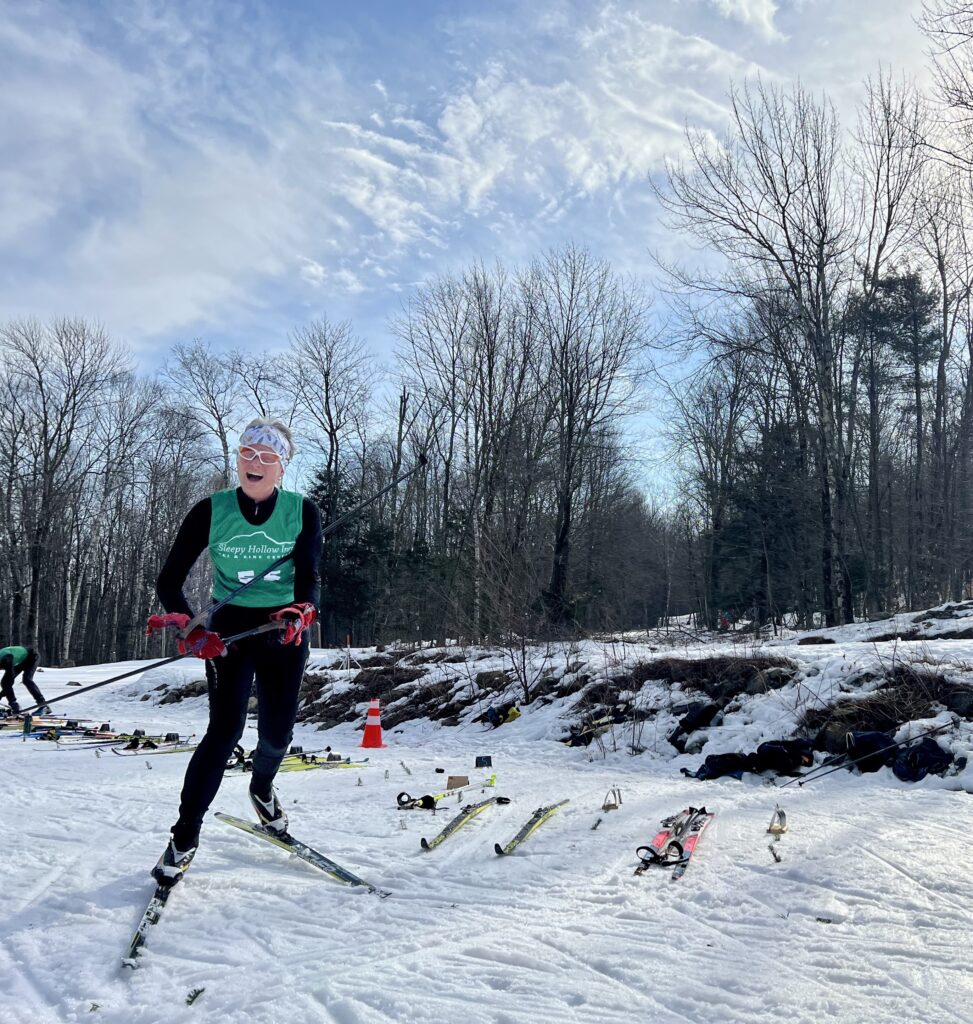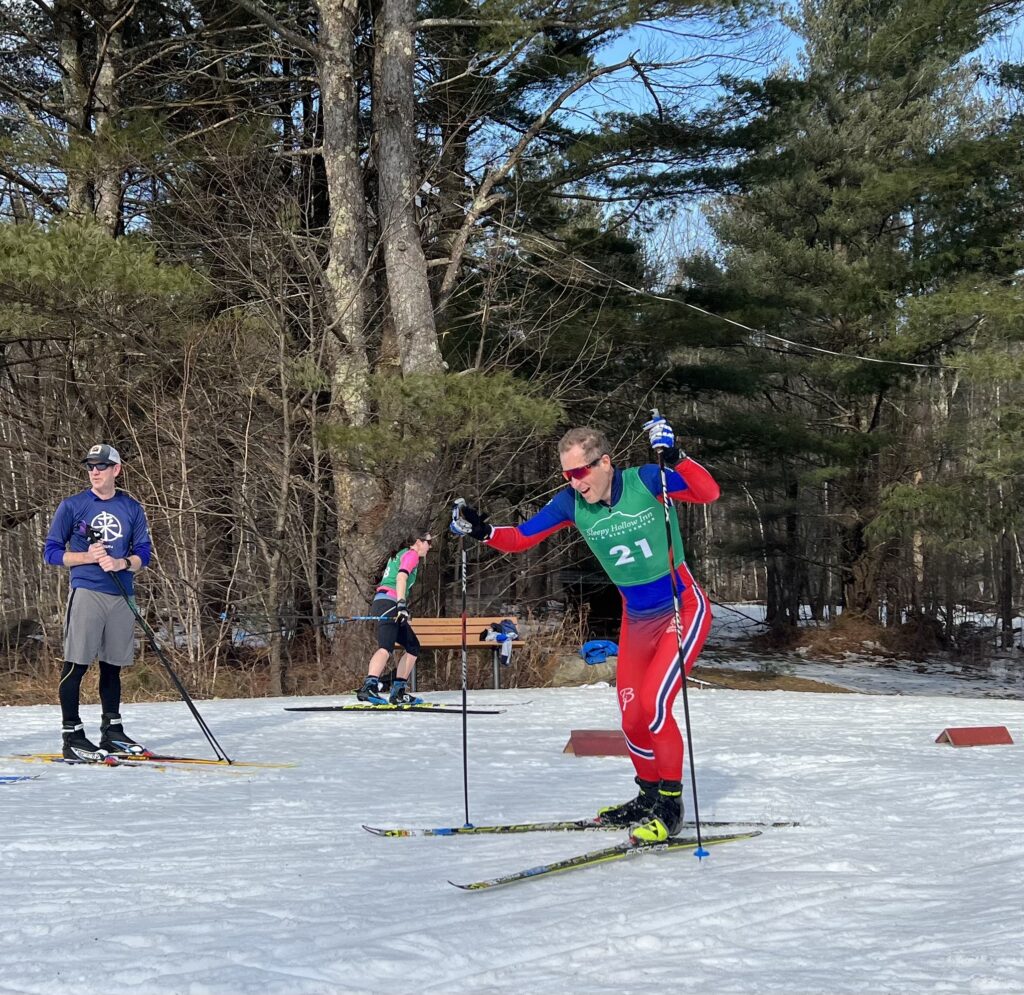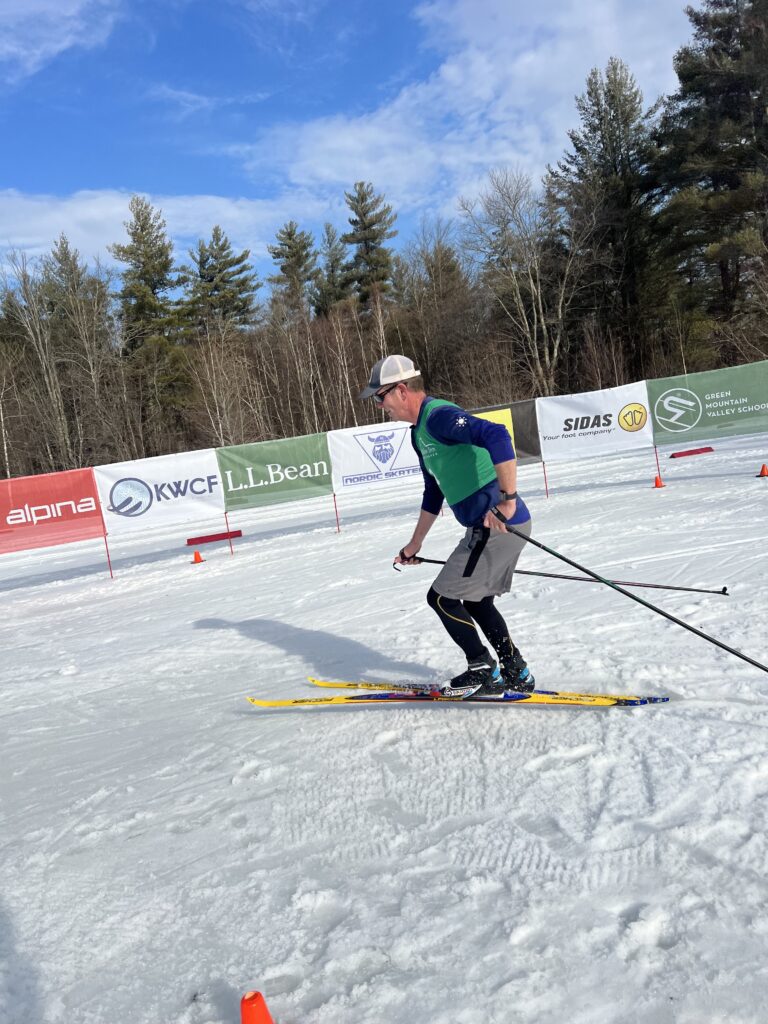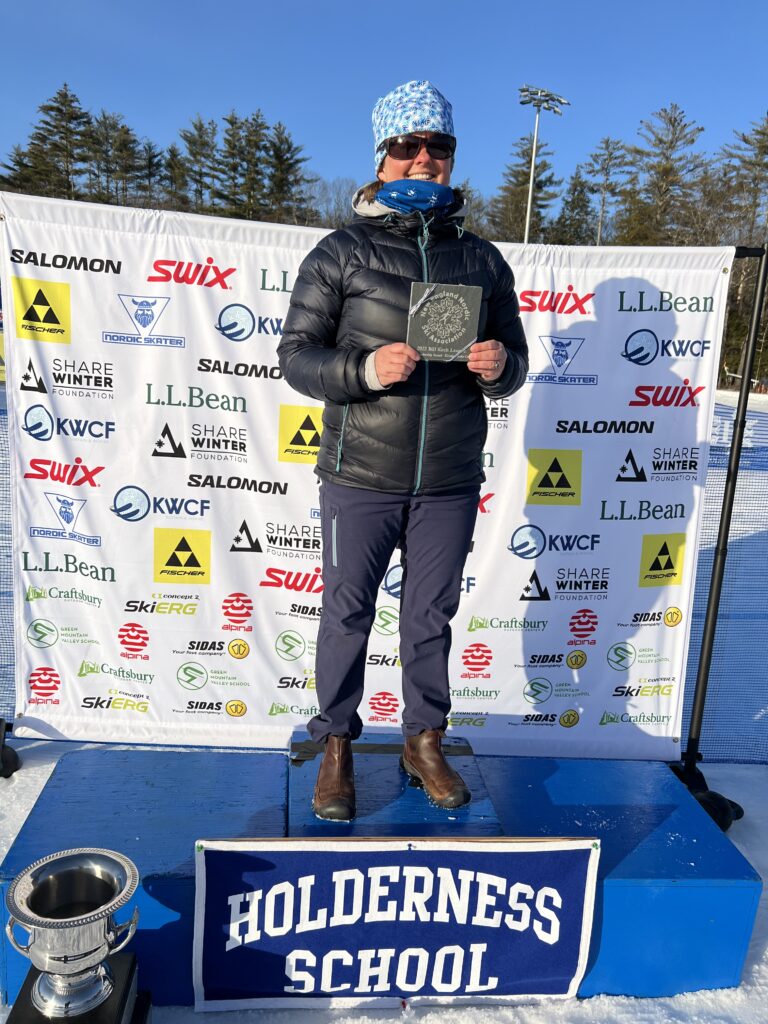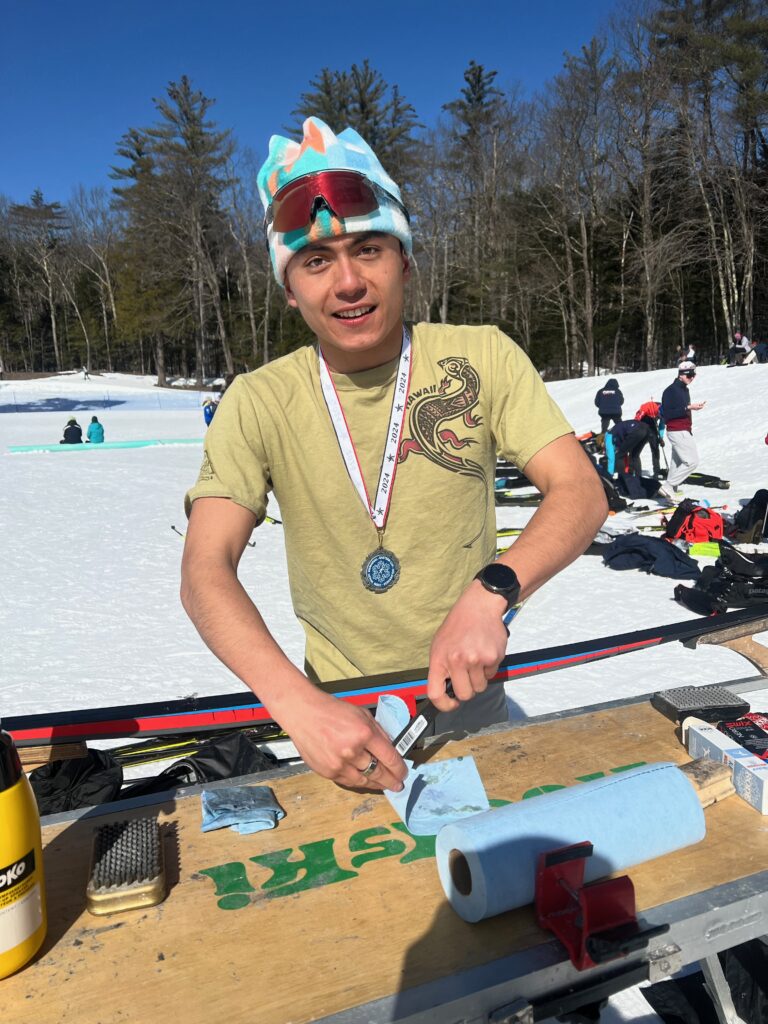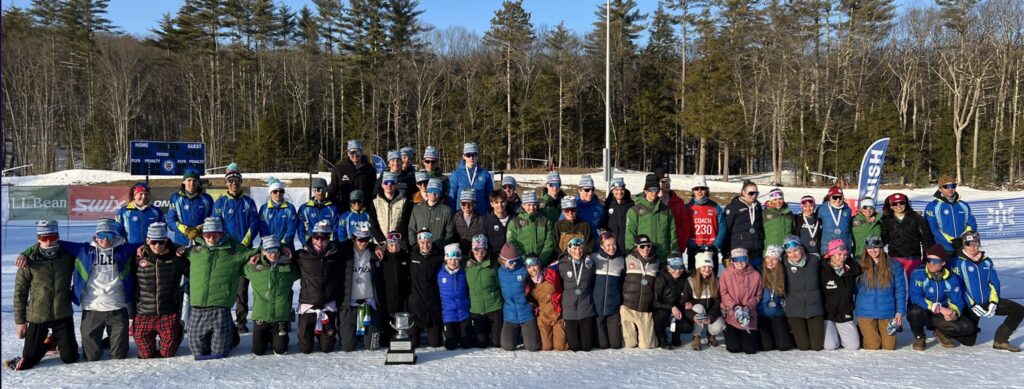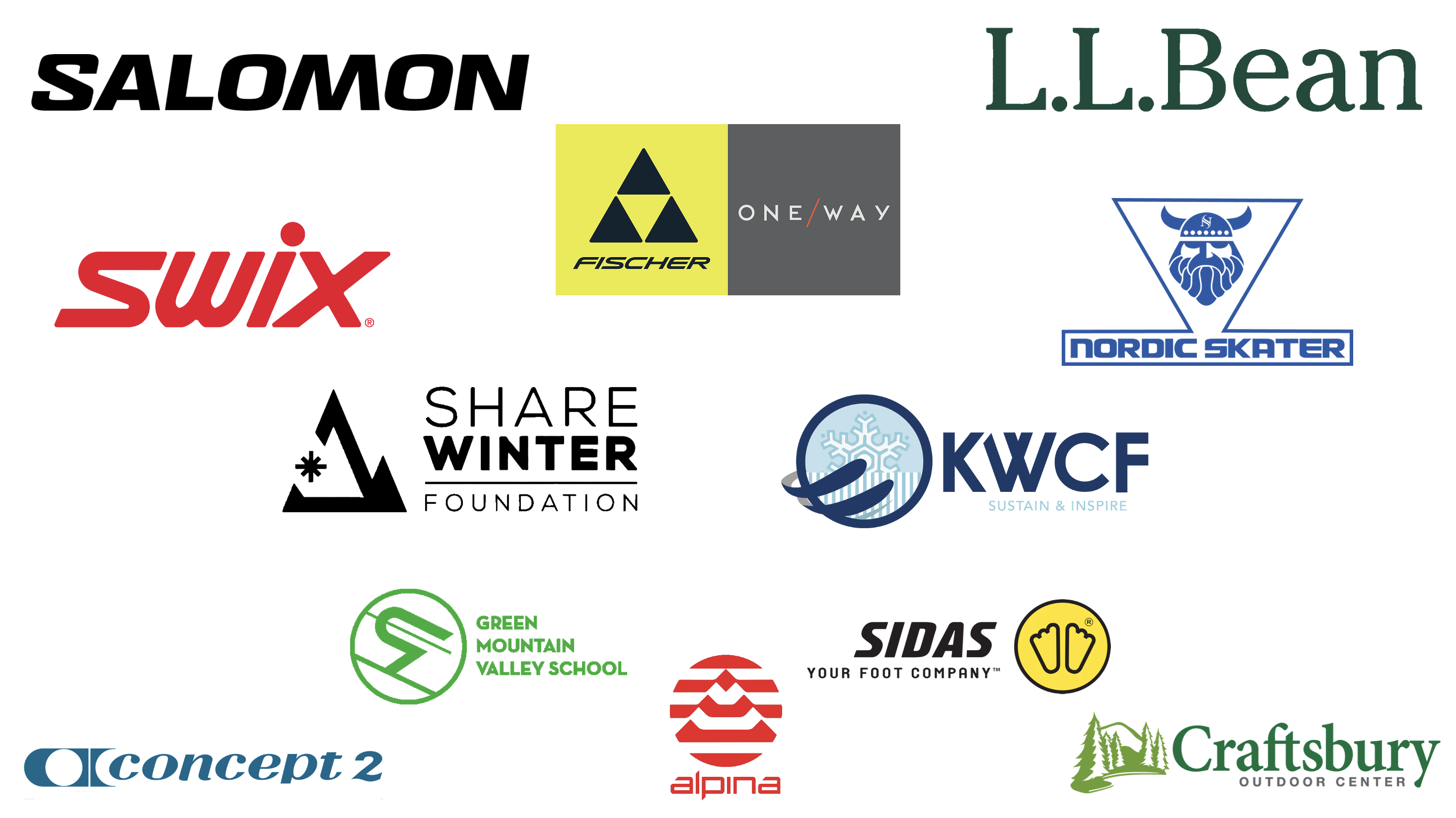This year’s BKL Festival was an event to remember. In spite of a winter of low-snow all throughout New England and beyond, 730 young skiers made their way to Ripton, Vermont to join Frost Mountain Nordic and the Rikert Outdoor Center for two spectacular days celebrating New England youth cross country skiing.

This youth cross country ski festival is the marquee event of the New England Nordic Ski Association’s Bill Koch Youth Ski League whose mission is to introduce young people to the lifelong sport of cross-country skiing, and the many associated health, fitness, and social benefits, in a fun, inclusive, and safe environment. The 2024 Festival featured racing, as well as a wide range of fun winter activities, for skiers of all ability levels from kindergarten up to 8th grade.
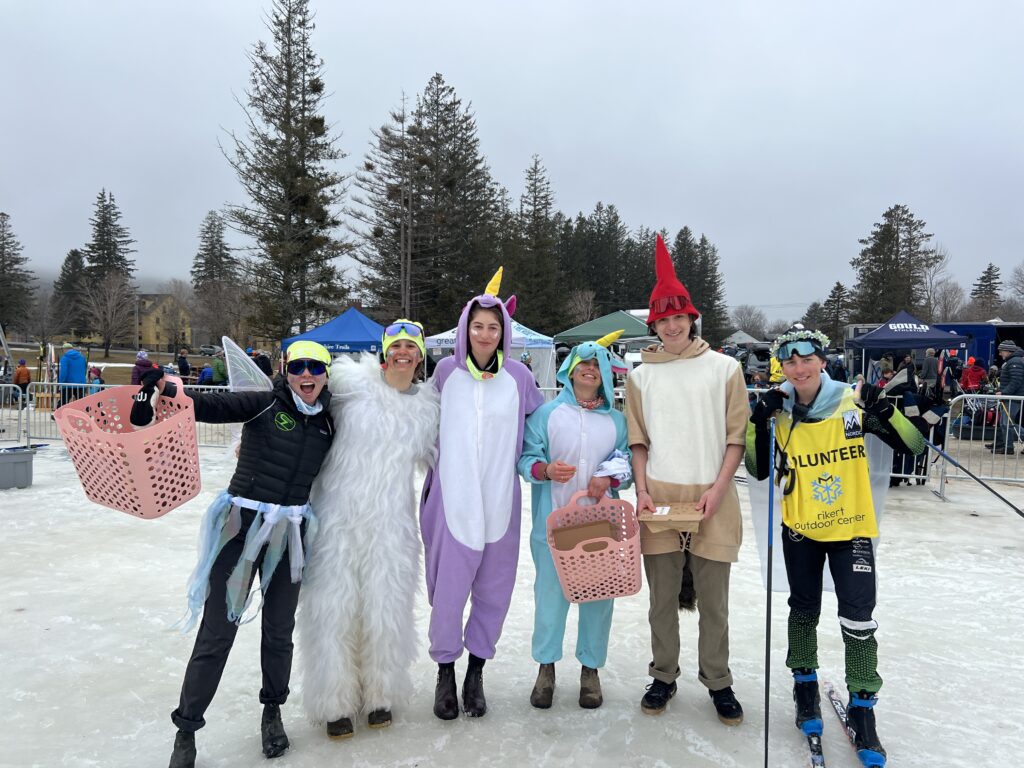
There was an activity for everyone including the Press Forward Mini-marathon ski, Gnome and Fairy home building, a Story Book Ski, the UnTapped Terrain Park, Laser Biathlon with USBA, Vermont Fish and Widlife Tent, Glitter Station, Mural Painting, Bump Jump, a speed trap, a limbo station and of course the welcoming parade, which featured a moment of noise in honor of John Ogden, organized by his daughter, Katharine. Gnome hats, yetis, and costumes of all kinds could be found in every corner of the stadium and at each activity.






We were also thrilled to have Bill Koch himself at the event cheering on athletes, shaking hands, signing autographs, and sharing his love of the sport with all the young skiers. We are so grateful that he is still so involved with youth skiing and actively working to ensure that having fun remains at the core of skiing for racers and recreational skiers alike.


Our Frost Mountain Nordic Club organizers also did a great job on the racing side of the weekend. Saturday featured a classic relay race and Sunday’s event was a freestyle paired and individual start race. After the 5/6 and 7/8 groups raced in the morning on Sunday, the 8th Grade Graduation Ceremony took place in the stadium followed by the Lollipop races, led off by one of our special guests of the weekend, a unicorn! 8th graders waited as our youngest skiers navigated their way through the stadium, around a sea of blow-up penguins and across the finish line. This year, our 8th grade graduates received a special buff and ski ties, and also received graduation certificates.



The level of excitement and joy were high the entire weekend. Check out the photo library linked below and our NENSA recap video to see more action from the weekend. We are very grateful to Frost Mountain Nordic Ski Club and the Rikert Outdoor Center for hosting the 2024 edition of this event.

